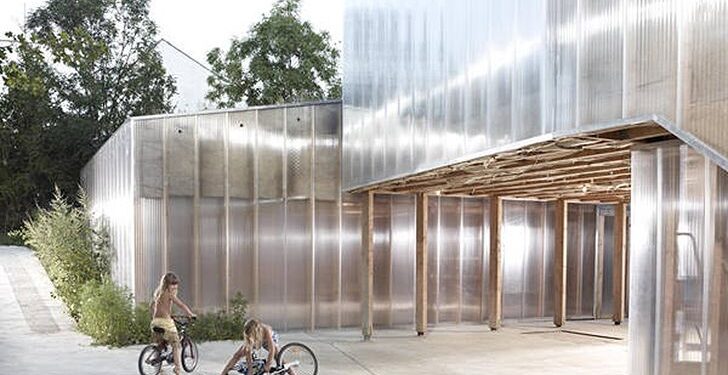The pink and blue pop-up pavilion on the banks of the Thames, the illuminated wall of a Sao Paulo art museum, and the insulating façade of a traditional Spanish home in the region’s northeast. In what ways are these structures similar?
That material is polycarbonate, by the way. Polycarbonate has evolved from a practical but rudimentary material used in greenhouses and roofing to a state-of-the-art option. It’s not only the aesthetic potential that polycarbonate provides to projects like those mentioned above; the material also has a wealth of other properties that could account for its growing popularity among architects.
Here are just four of the many reasons why polycarbonate is so useful in the construction industry and these are recommended by SABIC:
To be able to bend with relative ease
Since it is a thermoplastic, polycarbonate boasts a number of desirable qualities. It’s malleable enough to be shaped into anything, and it can even be cold-bent on the spot to create a curved surface. Polycarbonate is a thermoplastic, so it retains its shape and properties even after being heated, cooled, and heated again. This means that it can be recycled indefinitely.
It can’t be broken or cracked easily
A solid polycarbonate sheet has significantly more strength than glass. When it comes to moving, handling, and setting up a project, this is incredibly helpful. Once the building is operational, polycarbonate outperforms glass, acrylic, and GRP in terms of resistance to hail, falling branches, and other objects. Another advantage of polycarbonate over GRP is that it does not age brittle. Polycarbonate’s durability and resistance to impact and fracture help to prevent costly damage and maintenance.
This material acts as a reliable insulator.
Because of its heat-insulating qualities, polycarbonate is quickly replacing traditional roofing and cladding materials. The thermal efficiency of a building may be enhanced by using multiwall polycarbonate sheets, which produce more air pockets surrounding the structure. Although the U-value of single-layer glass is 6, the U-value of polycarbonate roofing materials vary from 3.5 W/m2K for a 6 mm twin wall to 2.1 W/m2K for a 16 mm five-wall sheet (XL).

Noise may also be effectively muffled by polycarbonate. Consequently, flat polycarbonate sheets, either transparent or coloured, are often employed as acoustic barriers alongside busy highways, building sites, or railway lines, or to make walls in an office fit-out or a retail shop.
They allow light to pass through it
This may sound like stating the obvious, yet there are certain people for whom the name “polycarbonate” conjures up images of hazing and fading plastic. Though this is still an issue with GRP, polycarbonate doesn’t have this limitation. In terms of light transmission, polycarbonate is roughly on par with glass and significantly better than GRP; additionally, polycarbonate can be as transparent as glass, whereas GRP is translucent and not a fully see-through product.
UV protection is applied to one or both sides of most polycarbonate sheeting to shield it from the sun’s rays and extend the lifespan of the material. Modern innovations include coatings and tints that reflect infrared radiation outwards, minimising solar gain while allowing natural light to enter. In order to diffuse the light and lessen the glare, a matte finish can be used.






